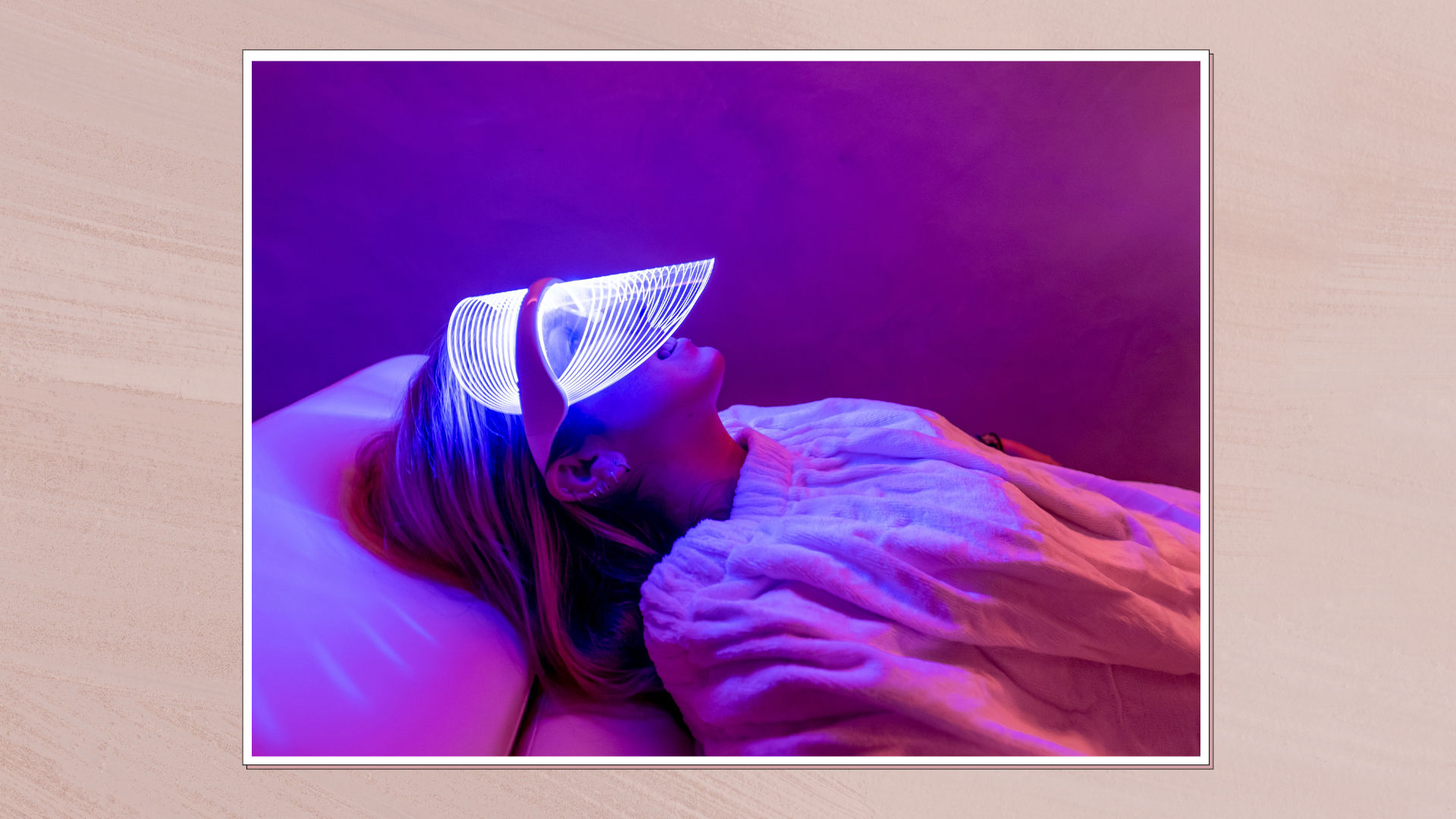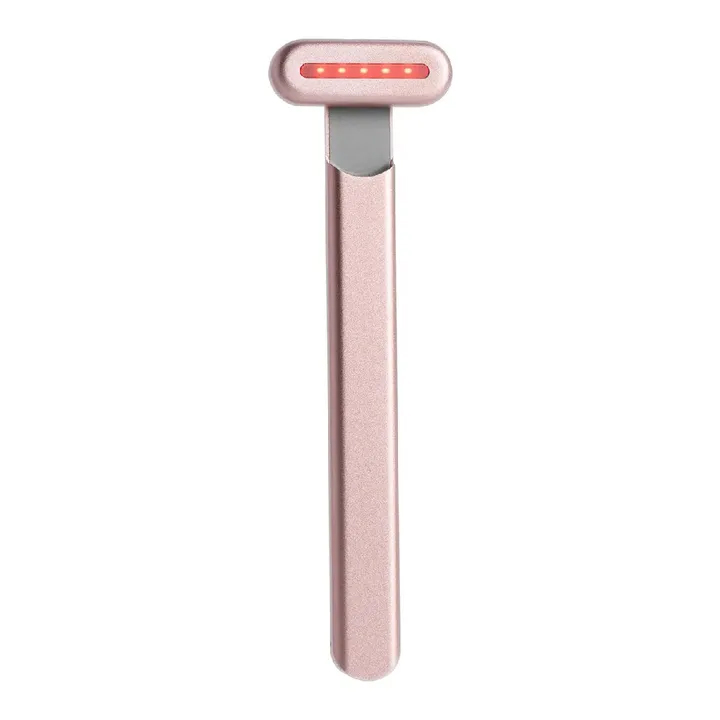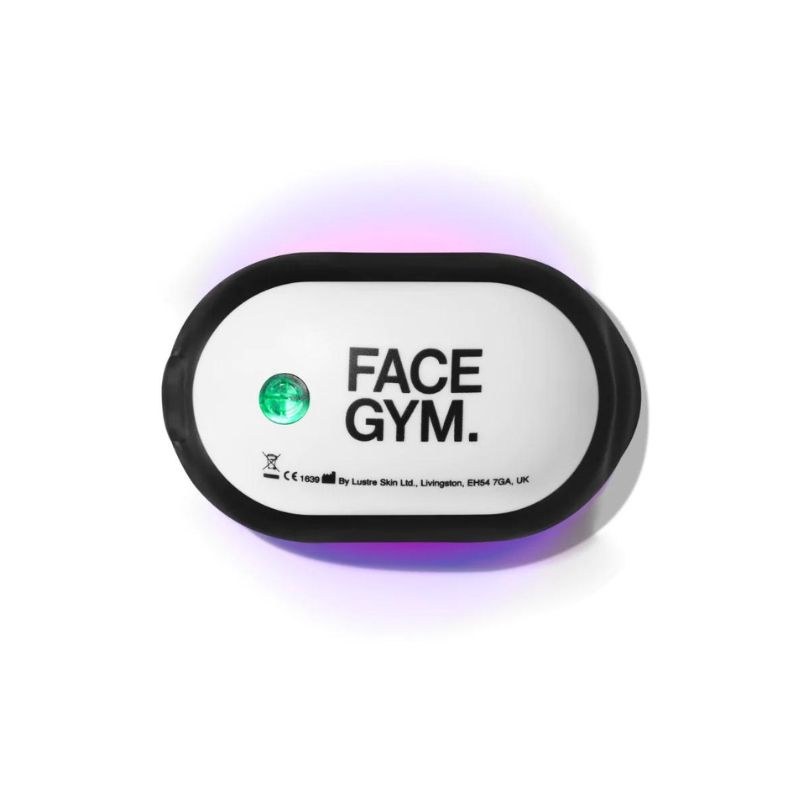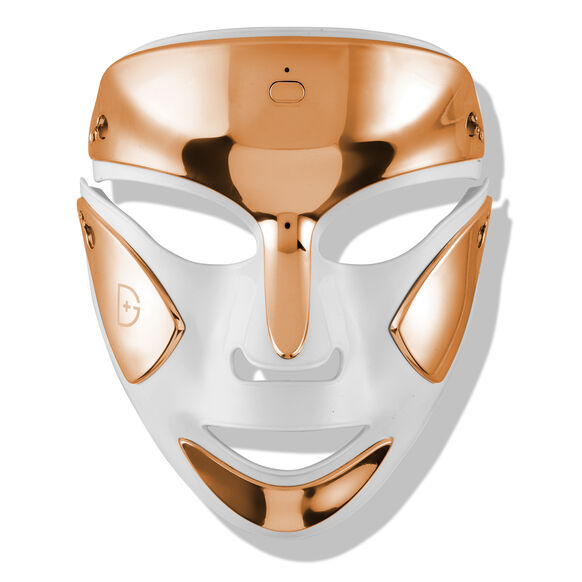
If you're looking into LED treatments for the first time, the question of red light vs blue light therapy usually comes up. While they're both impressively effective, these two options work quite differently from each other and provide distinct results.
The best light therapy devices can make impressive changes to your complexion, but it’s important to choose the right light treatment for the benefits you’re after – especially as they're quite an investment. Knowing the red light therapy benefits, as well as the differences between red vs blue light therapy, will give you the ultimate knowledge you should know before buying a light therapy device.
So, how does light therapy work? Essentially, it’s about using specific LED (light emitting diode) types to target certain skin concerns. "Light therapy can be performed using various colours or wavelengths, and each has unique benefits for the skin," explains surgeon and facial aesthetics doctor Dr Maryam Zamani. "Different colour light therapy has great benefits depending on your skincare concern." In this guide, we've tapped into the expertise of three different experts to clearly explain red light vs blue light therapy.
A guide to red light vs blue light therapy, according to experts
Benefits of red and blue light therapy
We'll start our red light vs blue light therapy deep-dive by breaking down exactly what they both do. Dermatologist Dr Dennis Gross uses both in his famous Dr Dennis Gross DrX Spectralite Faceware Pro – it's a real beauty team hero. We thought he'd be the ideal person to explain what red light therapy is and how blue light works.
- "Red light therapy stimulates collagen production for reduced fine lines and wrinkles and increased density while also reducing inflammation. Red LED works just like any other topical active ingredient – your skin cells have receptors for it. When the light connects to those receptors, it signals the skin to increase collagen production – the key to youthful-looking skin. It also stimulates blood flow which helps reduce inflammation and redness."
- "Blue light therapy targets and kills acne-causing bacteria. This type of bacteria also has receptors for blue light. When a specific wavelength of blue light connects to this receptor, it self-implodes. This is how the blue light can uniquely target the bad bacteria without disrupting your skin's moisture barrier."
Which skin types do they suit?
- "Red light therapy is suitable for all skin types," explains Dr Zamani. "It is particularly beneficial for individuals with aging or sun-damaged skin, as well as those with acne or rosacea."
- "Blue light therapy is great for anyone that has – or has ever had – a breakout," says Dr Gross. "It not only treats acne but prevents future breakouts from forming. Even if you do not have regular breakouts, you can benefit from blue light therapy for acne, because it only targets acne-causing bacteria. There is no risk of drying skin, unlike other topical acne treatments."
Do they have any downsides?
All of the experts we spoke with said that red light therapy is generally a very safe treatment for all skin types, especially when it comes to at-home devices, which aren't as intense as salon tools. Senior aesthetic practitioner Rosie Waters, however, does warn that there are some potential risks. "If you use red light therapy devices incorrectly or too often, you may damage your skin or eyes," she warns. "It is essential to follow the instructions of your red light therapy device and avoid staring directly into the light."
In the blue corner of this red light vs blue light therapy comparison, all of the experts agreed that blue light therapy has no real downsides. There's less risk involved because it doesn't penetrate as deeply into the skin. "Blue light therapy on its own is safe and has very few risks," notes Waters.
Can you use red and blue light therapies together?
In short, yes. "It is possible to use red and blue light therapy simultaneously or in tandem," Dr Zamani confirms. "This approach, known as combination light therapy, can offer synergistic benefits for certain skin conditions. For example, combining red and blue light therapy can help reduce acne by targeting both the bacteria that cause acne and the inflammation associated with the condition."
Dr Gross is a huge fan of combining both light treatments. He even designed his at-home mask with a setting that combines both. "Red and blue light work exceptionally well together," he says. "Using them at the same time can cut your treatment time in half."
What about the other colours?
While red and blue are the most widely seen LED treatments, you may have heard of other colours of light having skin benefits. "In addition to red and blue light therapy, other popular colours used in light therapy include green, yellow and white," notes Dr Zamani.
So, what does each one do? Waters explains that green and yellow lights can be beneficial to sensitivity and uneven skin tone. However, Dr Gross isn't quite convinced about the results of other coloured lights just yet: "Red and blue LED light has the most supporting evidence and clinical studies backing results," he explains. "We still need more information to solidify the benefits of the other LED colours."
Red light vs blue light therapy: our editor’s verdict
As a borderline obsessive fan of LED, I've loved writing this red light vs blue light therapy debate. I've used both treatments before, noticing impressive, albeit very different results from both. Red light leaves my skin looking smoother, plumper and glowing, whereas I turn to blue light when I've had a breakout or I feel a bout of hormonal acne is around the corner.
If you want healthier, plumper skin, pick a red light therapy device. If you have spot-prone skin or even full-blown acne, turn to blue light. My advice would be to pick an all-rounder device that has settings for both. I always favour multitaskers – they're worth the investment, working harder to get that cost-per-use down to pennies.
Three of our favourite red and blue light therapy devices

RRP: £135
This nifty wand is the perfect tool to begin your foray into red light therapy. It's affordable, effective, and less bulky than a big creepy plastic mask.

RRP: £60
This is a brilliant treatment device to target blemishes and acne. Hold over any spots and that blue light will target the bacteria, helping them heal and fade quicker.

RRP: £465
However unsettling you find masks, this is the ultimate combination of both red and blue light, which harnesses both, plus a combination setting.







